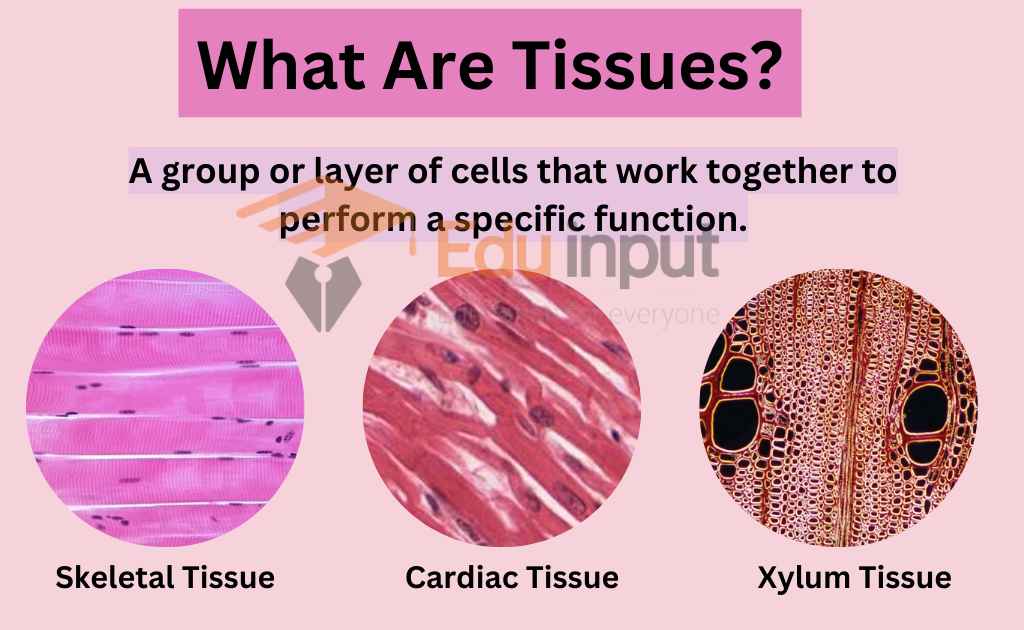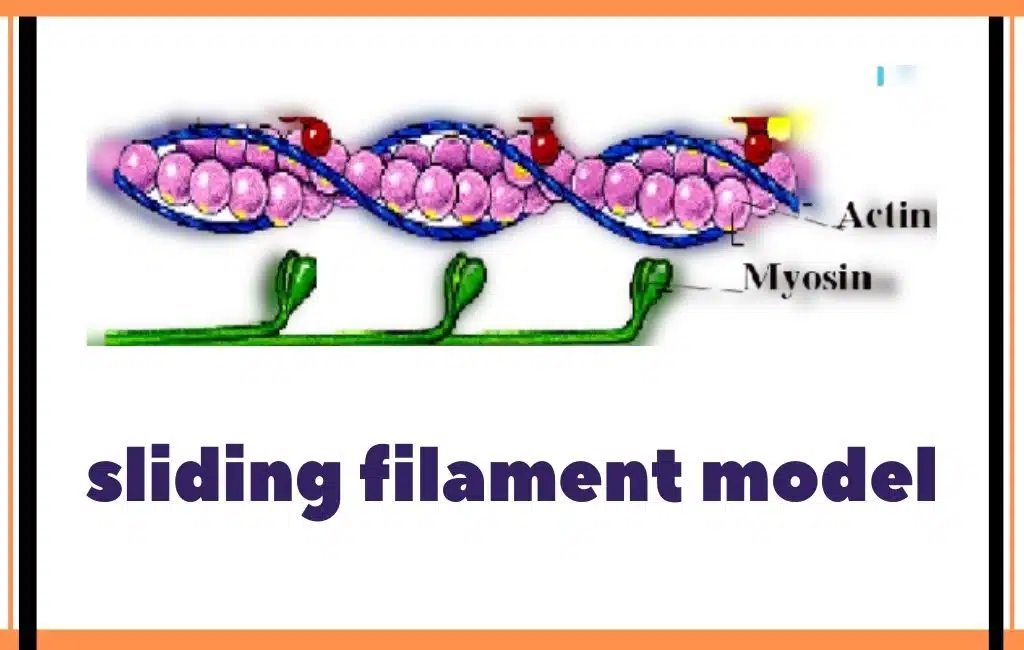Bone or Osseous Tissue-Definition, Parts, Composition, and Functions
The most rigid form of connective tissue is called bone. The deposition of calcium carbonate hardened the collagen fibers of bone. Deposition of calcium carbonate in the form of hard, dense shells or concretions, especially on hard surfaces, as in the teeth, shells, and bones of animals, to protect them. The shell of a bivalve mollusk is composed of calcium carbonate and organic material.
Parts Of Bone
The bones have two parts:
(a) Compact bone: It forms the outer shell of the bone. It is dense and strong. It provides a site for the attachment of a muscle.
(b) Spongy bone: It is present in the interior of the bone. It is light, rich in blood capillaries, and highly porous. The cavities of the spongy bone contain bone marrows. Blood cells are formed in the bone marrow.
Bone Cells
Three types of cells are present in the bones:
Osteoblasts: These are bone-forming cells. The bone cells are called osteoblasts. These cells produce proteins that form the mineralized matrix of the bone. This matrix is then replaced by new bone tissue.
Osteocytes: These are mature bone cells. Osteocytes are the most abundant cell type in bone. They are embedded within the mineralized collagen fibers of the matrix, and they regulate the flow of nutrients into the bone.
Osteoclasts: These are bone dissolving cells. They help in removing old bone tissues.
Osteoporosis occurs when the number of these cells decreases or their ability to perform their functions declines. As a result, the bones become weak and brittle.
Composition Of Bones
The most rigid form of connective tissue is called bone. Bones are composed of homogeneous, organic ground substances. It also contains inorganic salts. These salts are mainly calcium phosphate and calcium carbonate. Therefore, bone tissue is more rigid than other connective tissues.
Bone cells are called osteocytes. They are present in minute chambers called lacunae (sing, lacuna). Lacunae are arranged in concentric rings around osteogenic canals. These osteogenic canals are formerly called Haversian systems These cells communicate with nearby cells by a small process. These processes pass through small channels called canaliculi.
Functions Of Bones
Bones performs the following functions:
1. Bone provides a point for the attachment of muscles.
2. It transmits the force of muscular contraction from one part of the body to another during movement.
3. Bones support the internal organs of many animals.
4. Bones store reserve calcium and phosphate. An animal needs this stored calcium or phosphate during metabolic reactions. Their release is under endocrine control.
5. They manufacture red blood cells and some white blood cells.
Read:
Why Do Birds Have Hollow Bones?
Difference Between Bone And Cartilage






Leave a Reply